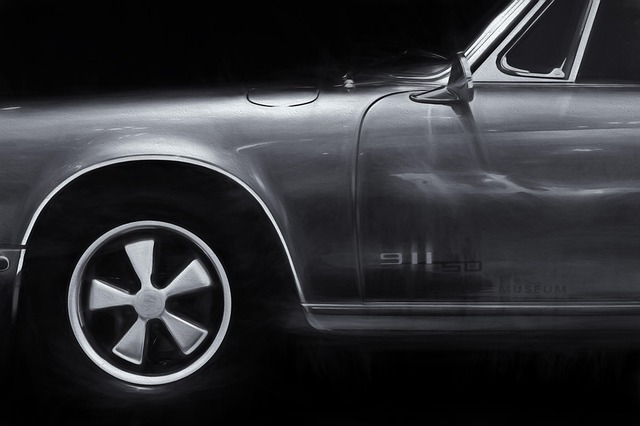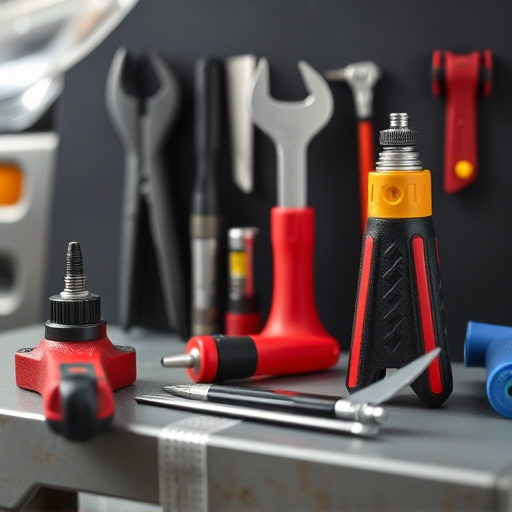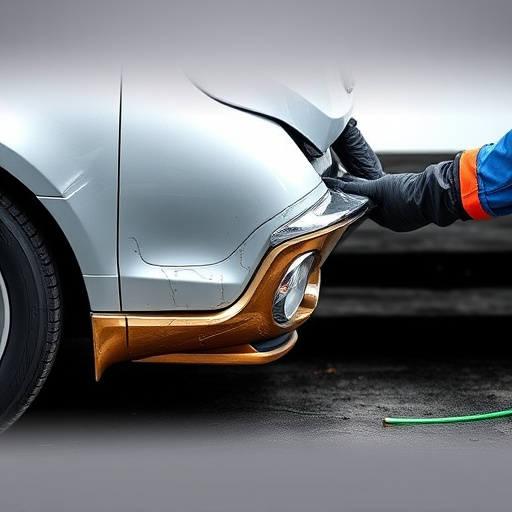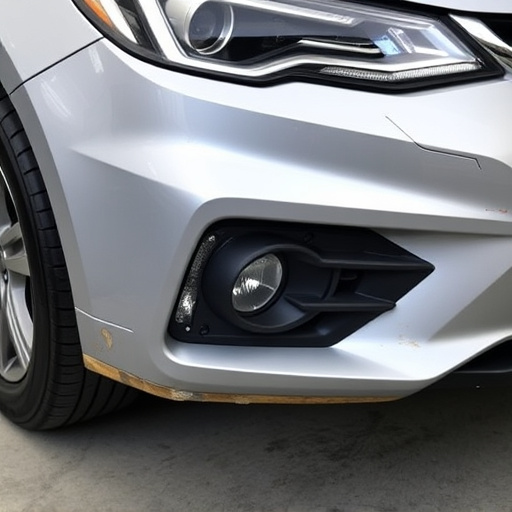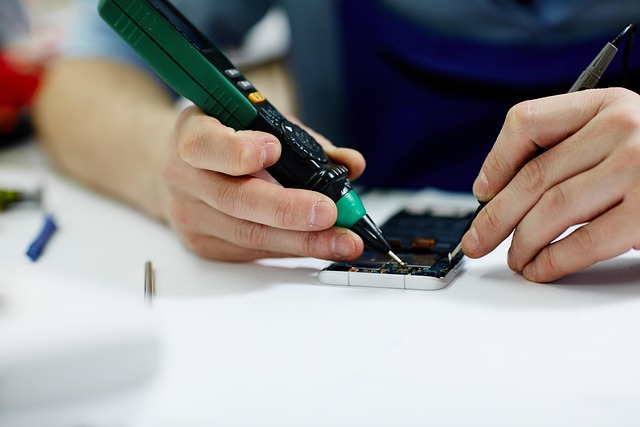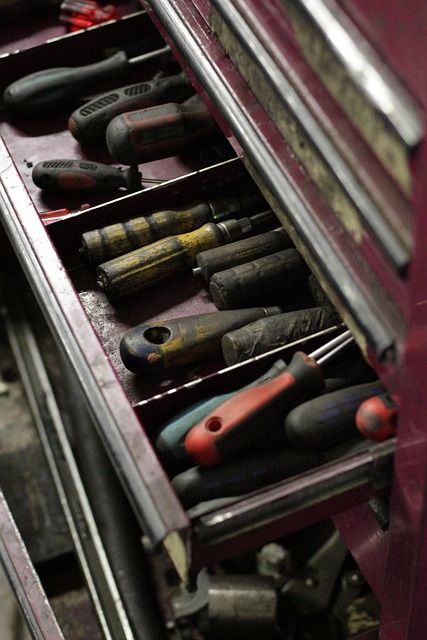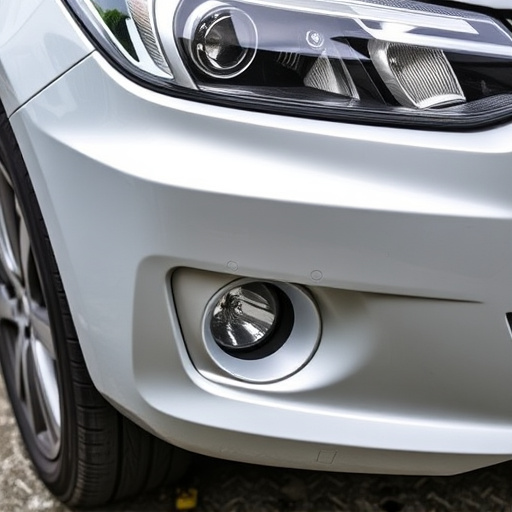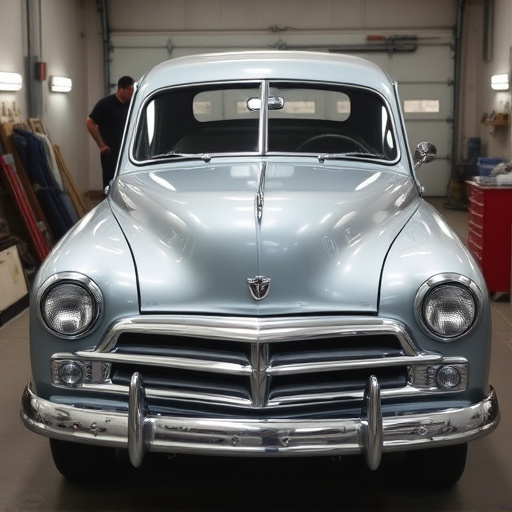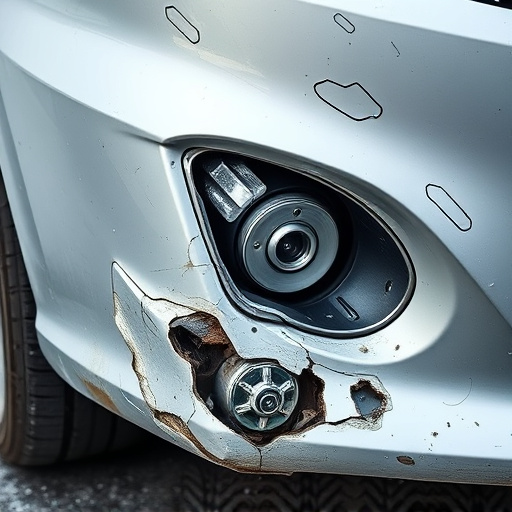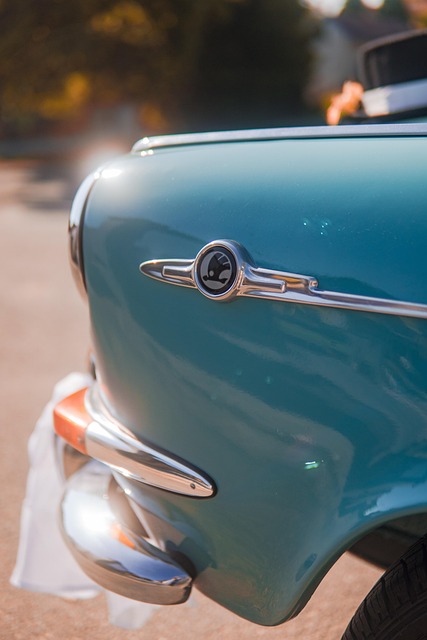This text introduces modern dent repair techniques focusing on "dent repair without painting" as a key approach. Paintless Dent Repair (PDR) uses specialized tools for shallow dents, while spot welding and putty fillers handle more severe cases. These methods preserve original paint, offer faster, cost-effective repairs, and eliminate traditional painting steps. A comprehensive guide provides step-by-step instructions from damage assessment to sealing for a flawless finish, helping drivers avoid unnecessary repainting costs.
“Learn how to achieve perfect dent repair without resorting to painting, a process that not only saves costs but also preserves your vehicle’s original finish. This comprehensive guide delves into various dent repair techniques, highlighting the advantages of non-painting methods. From understanding the science behind these repairs to following a step-by-step process, you’ll discover how to restore your car’s pre-dent condition effectively and efficiently.”
- Understanding Dent Repair Techniques
- The Benefits of Non-Painting Methods
- Step-by-Step Guide to Successful Repairs
Understanding Dent Repair Techniques
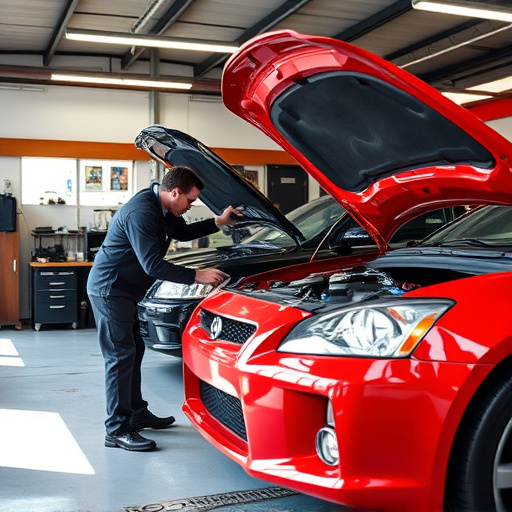
When it comes to dent repair, there are several techniques available that can help restore your vehicle’s or car’s original appearance without the need for painting. The key is understanding each method and its suitability for different types of dents. Dent repair without painting typically involves using specialized tools and materials to manipulate the dented panel back to its original shape. One common technique, known as “PDR” (Paintless Dent Repair), is a popular choice as it preserves the factory finish, ensuring a seamless and invisible repair.
PDR experts use a variety of tools, including metal rods and picks, to gently push and pull the dented area back into place. This method is ideal for shallow and superficial dents, as well as for larger dents that haven’t penetrated the base coat of the paint. For more severe cases, other techniques like spot welding or using specialized putty fillers might be employed. By choosing the right approach based on the extent of the damage, you can achieve an effective dent repair without compromising the original car paint job.
The Benefits of Non-Painting Methods
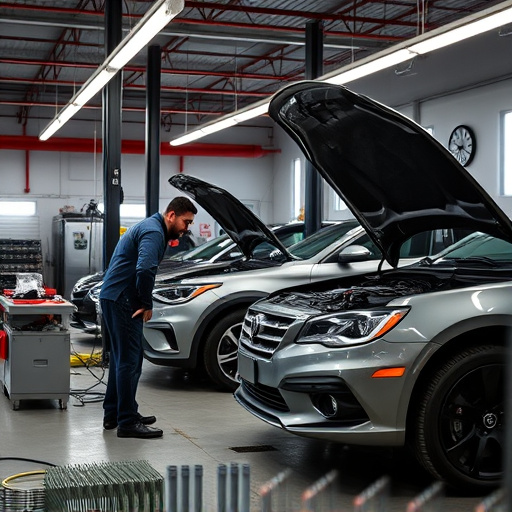
When it comes to dent repair, many people automatically assume that painting is an inevitable part of the process. However, modern non-painting methods offer a range of benefits for those seeking efficient and effective auto body repairs. One of the key advantages is the preservation of the vehicle’s original finish. These techniques allow for precise dent removal without compromising the integrity of the paint job, ensuring your car maintains its sleek and authentic appearance.
Additionally, non-painting dent repair methods are often faster and more cost-effective than traditional painting processes. They eliminate the need for sanding, priming, and extended drying times, reducing both labor costs and overall project duration. This makes them an attractive option for individuals looking to restore their vehicles’ pre-damage condition quickly and efficiently without incurring heavy expenses associated with conventional auto body repairs like hail damage repair or dent removal.
Step-by-Step Guide to Successful Repairs
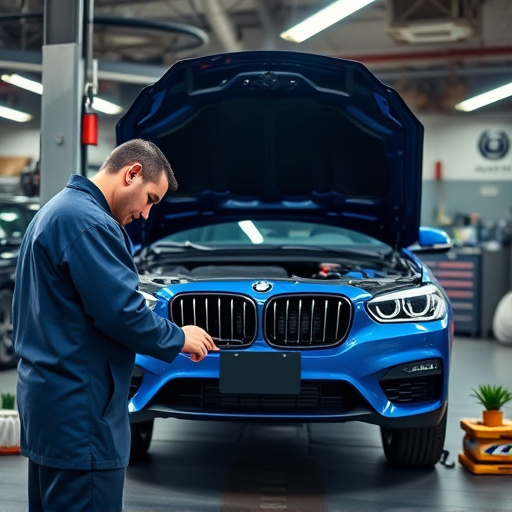
Achieving perfect dent repair without painting is a skill that can save you time and money. Here’s a step-by-step guide to ensure successful repairs:
1. Assess the Damage: Begin by thoroughly inspecting the dented area. Identify the size, depth, and type of damage—whether it’s from a fender bender, hailstorm, or accident. This step is crucial as it determines the repair approach. For smaller dings, you might opt for a more straightforward method, while larger dents may require specialized techniques like PDR (Paintless Dent Repair).
2. Choose the Right Tools: Depending on the damage, gather the essential tools for dent repair without painting. This could include things like plastic hammers, pry bars, or air compressors for PDR, or putty knives, sandpaper, and a rubber mallet for more conventional methods. For instance, if using PDR, specialized tools designed to push out the dent from the inside are key. If going the traditional route, ensure you have the right abrasives and fillers compatible with your vehicle’s finish.
3. Prepare the Surface: Clean the damaged area thoroughly. Remove any debris or dirt to ensure a smooth repair. While not strictly necessary for all methods, preparing the surface can enhance the final result. For PDR, applying a thin layer of clay bar compound can help in achieving a seamless finish.
4. Repair the Dent: Using your chosen technique, start repairing the dent. With PDR, gently work the specialized tools to push out the dent from behind the panel without damaging the surrounding area. In conventional repair, carefully use the mallet and putty knife to reshape the metal back to its original form. Be patient and precise to avoid making the damage worse.
5. Smoothen and Blend: Once the dent is removed or shaped, smoothen the adjacent panels to match the repaired area. This ensures there are no visible gaps or discrepancies in the car’s body. Use fine-grit sandpaper to blend the edges seamlessly.
6. Final Touches: Apply a high-quality sealant or primer suitable for auto repair. This step fills any minor imperfections and provides a base for future painting, should that become necessary. With careful work and the right tools, you can achieve a flawless repair that doesn’t require repainting the entire panel. Remember, practice makes perfect, so don’t hesitate to seek guidance from an experienced auto collision center or fleet repair service if you’re tackling more extensive hail damage repairs.
Dent repair without painting offers a practical and aesthetically pleasing alternative to traditional methods. By understanding various dent repair techniques and leveraging non-painting approaches, you can achieve perfect repairs that maintain the vehicle’s original finish. Following the step-by-step guide provided ensures success, allowing you to restore your vehicle’s looks without the need for repainting. This method is not only cost-effective but also time-saving, making it an ideal choice for those seeking a seamless and professional result in dent repair.
